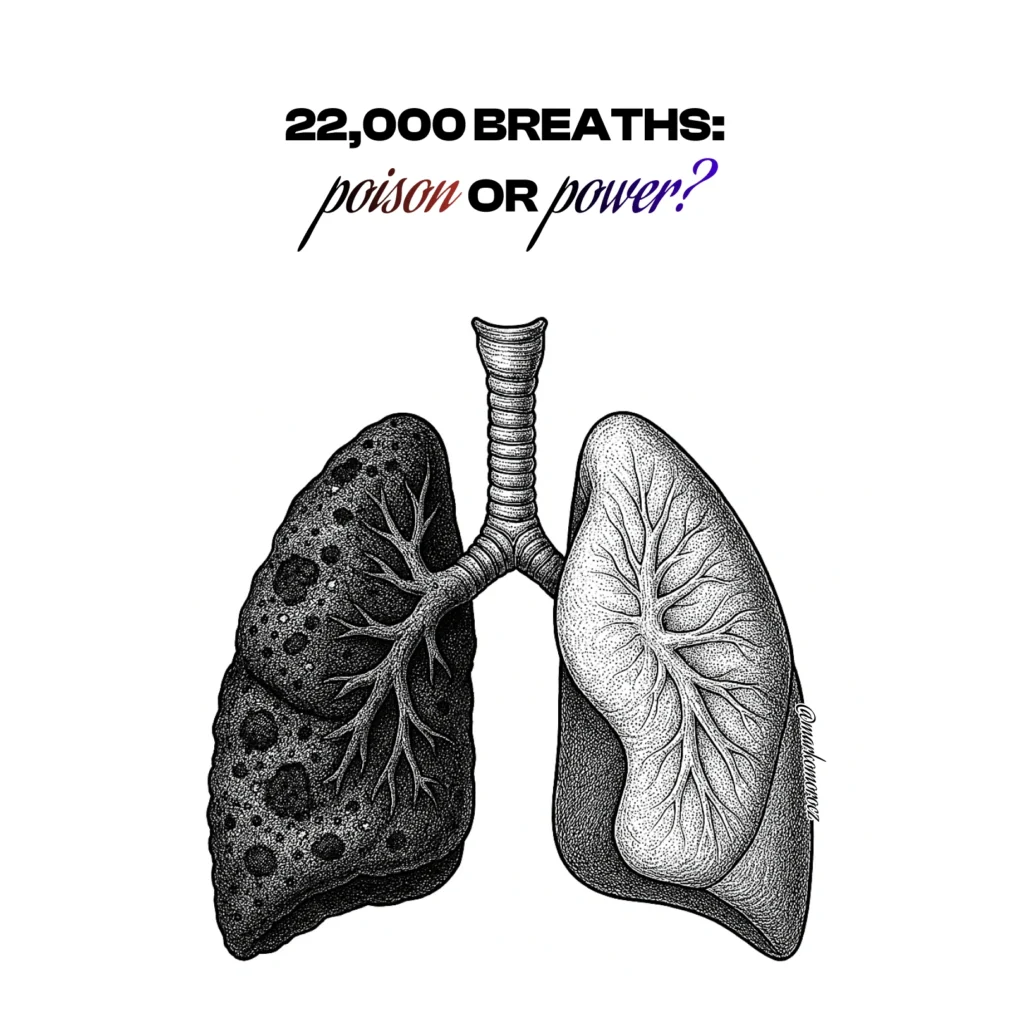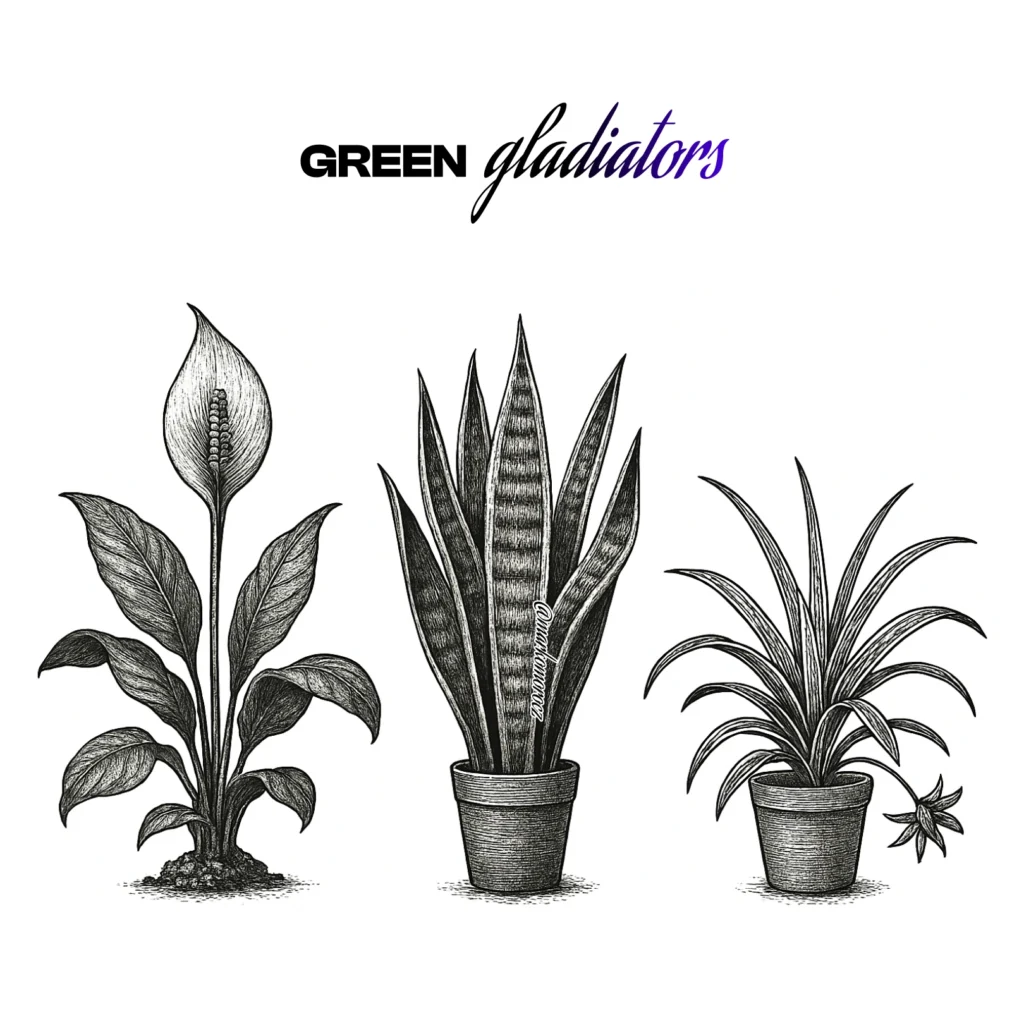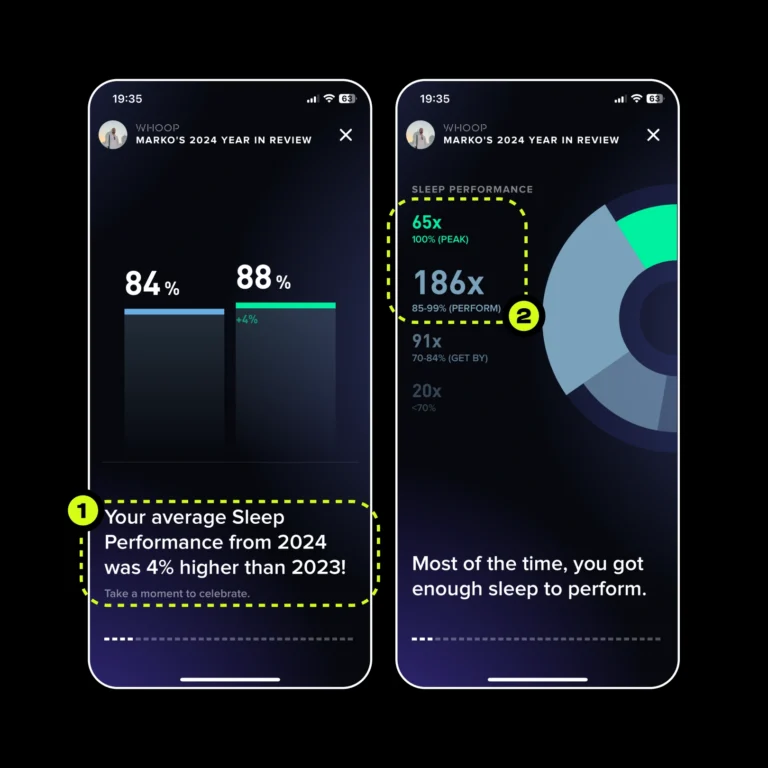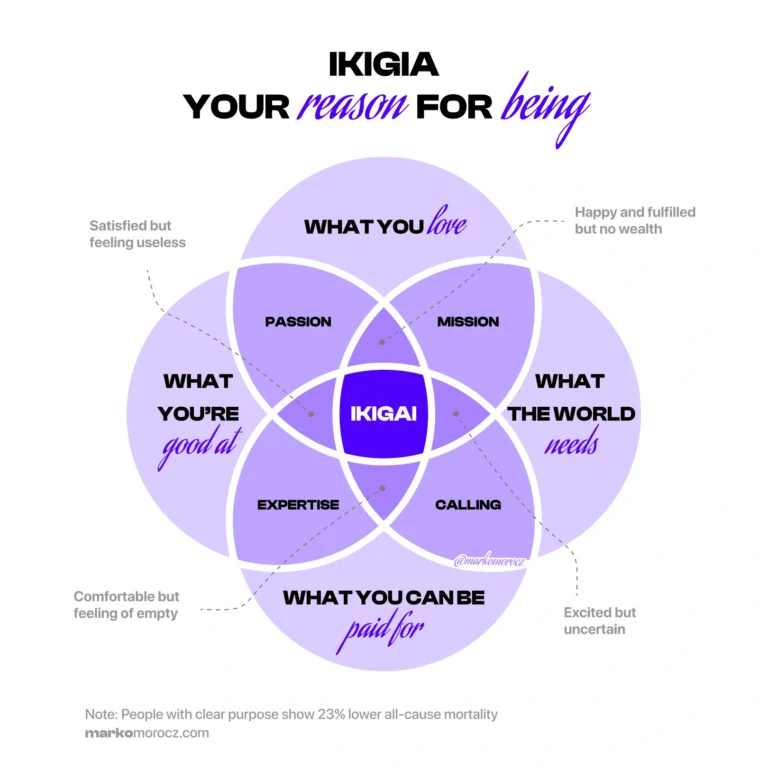Air Quality: The Silent Assassin In Your Longevity Arena
You breathe 22,000 times a day.
That’s 11,000 liters of air flowing through your lungs.
Every. Single. Day.
Yet most people obsess over their protein intake while sucking down toxic air like it’s nothing.
Wake up. Your air quality might be killing you faster than that extra slice of pizza.

The Hidden Battlefield: Why Air Quality Matters
Here’s the brutal truth:
Living in a polluted city is like smoking 4-22 cigarettes daily—without the nicotine buzz.1
Shanghai residents? You’re inhaling 1.5 packs worth of damage every day just by breathing.2
Air pollution:
- Shortens lifespan by 2.2 years globally3
- Increases cancer risk by 29%4
- Destroys cognitive function like a silent brain assassin5
- Triggers inflammation—the root of the Four Horsemen
You wouldn’t drink dirty water. Why breathe dirty air?
The 80/20 Air Quality Arsenal: Your Breath Defense System
Air quality is the ultimate 80/20 play. You breathe whether you like it or not—might as well make it count.
Here’s your battle plan:
Indoor Air: Your Home Fortress
You spend 90% of your time indoors.6 That’s where the real fight happens.
1. Deploy Air Purifiers
Your first line of defense: HEPA filtration systems.
Options:
- Dyson Pure Cool (my weapon of choice, looks cool too)
- Philips Air Purifier Series 3000i
- Xiaomi Air Purifier (budget option)
Air purifiers track what matters:
- PM2.5 levels: microscopic particles that penetrate deep into lungs and bloodstream
- PM10 levels: dust, pollen, and mold spores
- VOCs: volatile organic compounds from furniture, paint, cleaning products
- NO2 levels: nitrogen dioxide from cooking, cars, combustion
- Temperature & humidity
What these actually mean:
- PM2.5/PM10: Numbers = particle size in micrometers. PM2.5 are the deadliest—small enough to cross into your bloodstream
- VOCs: Toxic gases from everyday items. Think formaldehyde from furniture, benzene from paint
- NO2: Combustion byproduct. Spikes when cooking with gas or from outdoor traffic
- Humidity: Keep it 30-50%. Too low = respiratory irritation. Too high = mold party
The apps show real-time graphs and historical data:

If air quality hits red, it alerts you. Clever stuff.
Pro tip: Frying those high-protein cottage cheese pancakes? Your PM2.5 levels just spiked 500%. Ventilate or die slowly.
2. Nature’s Air Filters: Plant Warriors
These green gladiators work 24/7:
- Peace Lily: NASA’s top performer—removes benzene, formaldehyde, trichloroethylene
- Snake Plant: Releases oxygen at night (bedroom MVP)
- Spider Plant: Removes 90% of toxins in 2 days7

Other elite performers:
- Aloe Vera: Double duty—air purifier + skin healer
- Boston Fern: Humidity regulator + formaldehyde destroyer
- Rubber Plant: Toxin eliminator, low maintenance
They’re like having tiny air-cleaning soldiers stationed around your fortress.
The NASA study specifically ranked Peace Lily as one of the most effective, while Snake Plant’s unique nighttime oxygen production makes it ideal for bedrooms. Spider Plants are particularly good at removing formaldehyde, which is common in household products.
3. Filter Maintenance: The Unsexy Truth
Change your filters religiously:
- Air purifier filters: Every 6-12 months
- AC filters: Every 3 months
- Humidifier cleaning: Weekly (mold is the enemy)
I set calendar reminders. Basic? Yes. Critical? Absolutely.
4. Material Warfare: Natural vs. Synthetic
Synthetic materials = microplastic particle factories.
Your sheets, curtains, carpets—all shedding invisible plastic you inhale.
Every polyester pillowcase releases 100,000+ microfibers per wash.8 These microscopic assassins:
- Penetrate lung tissue
- Cross into bloodstream
- Accumulate in organs
- Trigger inflammation
Switch to natural warriors:
- Cotton: Breathable, biodegradable, zero microplastics
- Linen: Antimicrobial, moisture-wicking, gets softer with age
- Wool: Natural air purifier, regulates humidity
- Bamboo: Hypoallergenic, sustainable, silky smooth
- Hemp: Durable, mold-resistant, eco-champion
Pro moves:
- Wash natural fabrics in cold water
- Use cotton or mesh laundry bags
- Avoid fabric softeners (chemical soup)
- Vacuum with HEPA filter weekly
Your lungs will thank you. Your body will thank you. The planet will thank you.
5. Clean Like Your Life Depends On It
Because it does.
- Robot vacuum: Runs daily (Roborock S7 rocks)
- Stick vacuum: For quick strikes (Dyson V15)
- Wash sheets: Weekly in hot water
- Dust surfaces: 2x weekly minimum
Time is precious. Automate what you can.
Outdoor Air: Urban Warfare
City air is a chemical soup. You need protection.
1. Masks: Your Face Shield
When I biked through London daily, this was my armor:
Respro Cinqro™ urban sports mask featuring:
- HEPA-Type™ filter for particles
- Dynamic Activated Charcoal Cloth (DACC™) for gases
- Neoprene construction (washable)
To spice things up, I added:
- POWA Elite™ valves for maximum airflow (handy for sports)
- Pro Seal for perfect fit, comfort & hygiene (not touching nose, mouth or face)
Change filters every 69 hours of use. Yes, I track it.

2. Air Quality Monitoring: Know Your Enemy
In questionable environment use portable monitors like:
- IQAir AirVisual Pro
- Atmotube Pro
- Plume Labs Flow 2
They sync to your phone. Red alert? Mask up or stay in.
3. Strategic Timing
Air quality fluctuates:
- Worst: Rush hours (7-9 AM, 5-7 PM)
- Best: Early morning (4-6 AM) or late night
- Weather matters: Rain cleanses, wind disperses
Plan outdoor activities accordingly.
The Air Quality ROI: Why This Matters
Clean air isn’t just about not dying—it’s about thriving:
- 20% cognitive performance boost9
- Better sleep quality
- Enhanced athletic performance
- Reduced inflammation markers
- Stronger immune function
This is foundational longevity work. The unsexy stuff that adds quality years.
Your Air Quality Action Plan
- Assess Your Battlefield
- Test indoor air quality
- Identify pollution sources (gas stove, cleaning products, furniture off-gassing)
- Track when air quality dips (cooking, cleaning, rush hour)
- Fortify Your Indoor Space
- Install HEPA purifier
- Add air-cleaning plants
- Switch to natural materials
- Protect Yourself Outdoors
- Get a quality mask
- Monitor air quality, check local AQI daily
- Time activities strategically
- Maintain Your Arsenal
- Set filter change reminders
- Clean regularly
- Monitor improvement metrics
The Bottom Line
You can survive weeks without food, days without water, but only minutes without air.
Every breath either builds you up or breaks you down. Choose wisely, breathe clean, live long.
Your lungs are counting on you.
Got questions about air quality optimization? Drop them below—let’s breathe better together.
References
- Berkeley Earth Air Pollution Study (2015). “Air Pollution and Cigarette Equivalence.” ↩︎
- World Air Quality Report (2023). “Global City PM2.5 Rankings.” ↩︎
- Energy Policy Institute at Chicago (2022). “Air Quality Life Index Annual Update.” ↩︎
- Lancet Oncology (2021). “Air Pollution and Cancer Risk: A Global Assessment.” ↩︎
- PNAS (2018). “The Impact of Exposure to Air Pollution on Cognitive Performance.” ↩︎
- EPA (2023). “Indoor Air Quality Statistics.” ↩︎
- NASA Clean Air Study (1989). “Interior Landscape Plants for Indoor Air Pollution Abatement.” ↩︎
- Environmental Science & Technology (2016). “Microfiber Masses Recovered from Conventional Machine Washing of New or Aged Garments.” ↩︎
- Harvard School of Public Health (2021). “The Cognitive Benefits of Clean Air.” ↩︎





